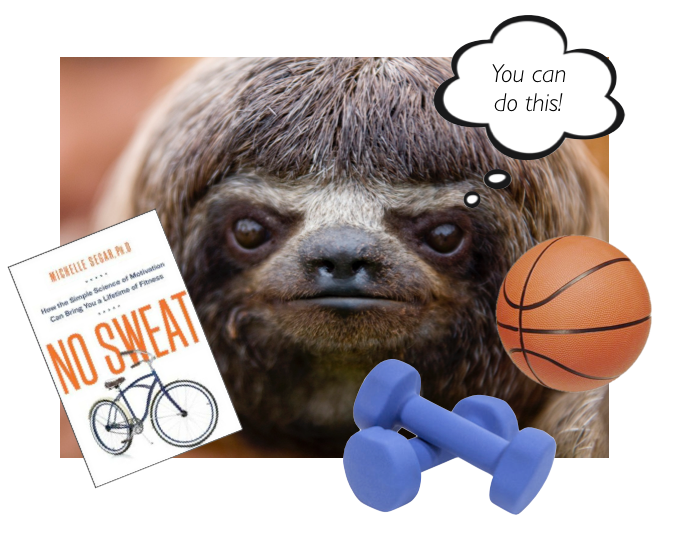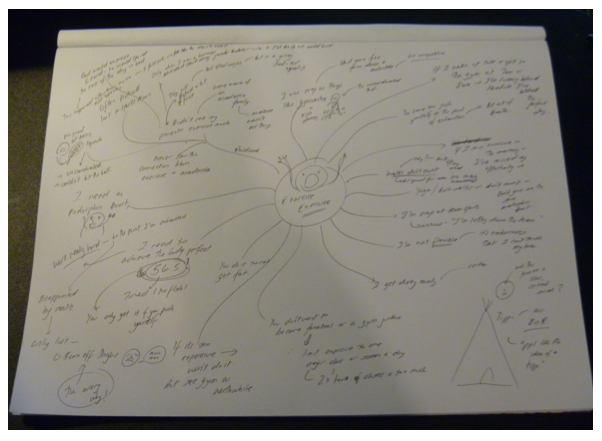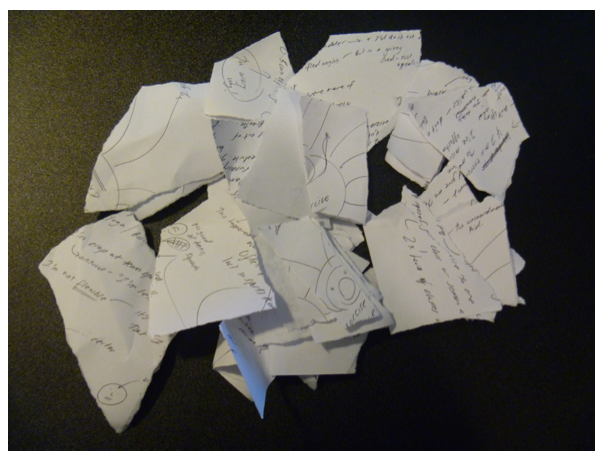
Over the last few years, exercise has become a non-negotiable part of my day. Friends and family now call me a ‘gym junkie’ but believe me, I’m not.
Typically when you think of ‘gym junkies’, you think of people who have huge bulging muscles and are striving to achieve a perfectly chiseled physique. I am not one of those people.
The reason I exercise every day is because it makes me feel really good. It clears my mind and sharpens my thinking.
Simply put, without exercise, I feel a little ‘meh’.
But when I move in ways that feel good for my body, I feel energised, alert, sharper, more creative and powerful, and less stressed.
In short, exercise has become my secret weapon to super productivity, confidence, and enhanced well-being. And it can be your secret weapon too.
But first you may need to get out of your own way.
You may have some resistance to exercise. I get that.
You see, I didn’t always have such a great relationship with exercise myself.
For the first 15 years of my life, I was incredibly sedentary. A bona fide sloth.
I sucked at team sports. I was often picked last for the team in sports class.
I developed this idea that me and exercise just weren’t meant for each other. So I did whatever I could to avoid exercising. In year 11, somehow I convinced my sports teacher to let me study for other subjects while everyone else ran around the oval.
In my world, exercise was a waste of time.
But then at the age of 17, I accidently discovered a tae-bo class. After an hour of punching a bag and karate kicking, I was on this incredible high. Never in my life had I felt this good.
Needless to say, that tae-bo class became the highlight of my week. It got me through year 12 without going insane.
Here’s the thing: the more I exercised, the better I felt and the more energy I had for the things that were most important to me.
Over a series of blog posts I’m going to share with you how you can make friends with exercise.
First things first: Developing your ‘exercise’ mindset
Let’s start by changing how you think about exercise. Without the right mindset, you could be setting yourself up for failure and disappointment.
Below are some tools and strategies for developing a mindset that will sustain you for a lifetime of exercise. Many of the strategies (but not all) come from motivational scientist Dr Michelle Segar’s book ‘No Sweat: How the simple science of motivation can bring you a lifetime of fitness’.
1. Focus on the immediate rewards exercise gives you
Dr Segar says that where many of go wrong when it comes to exercise is we focus on distant, abstract goals (e.g. disease prevention, losing weight and lowering cholesterol). The problem is these goals aren’t compelling enough to overcome our inertia and busy schedules.
It’s far more effective to focus on what physical movement gives you immediately:
Energy
Positive mood
Life satisfaction
Better sleep
Productivity
Creativity
Better problem solving
Better self worth
And it gives you less of this:
Stress
Anxiety
Depression
Cognitive decline
Low self-esteem
ADHD
When you focus on these immediate benefits exercise seems more relevant to your daily life. Subsequently, you’re more likely to go do it.
2. You don’t need to be motivated or inspired to exercise
When it comes to being physically active, exercise Guru Michelle Bridges talks about motivation as being like a bad boyfriend. She says:
“It’s never there when you need it! It’s about being consistent and just getting out there and getting your training done, even when you don’t feel like it”.
Some days you’ll wake up feeling motivated. Some days you won’t. Bridges stresses that you should not rely on being motivated to get the job done. She recommends going into ‘Robot mode’ and just executing the moves.
3. Reframe what exercise means to you
Does exercise feel like a chore and hard work? Or is it something that you enjoy doing? The way in which you relate to exercise can determine whether you engage in it or not, and for how long.
A study called ‘Work or fun?’ found that the way a behaviour is framed, either as work or a fun activity, had a dramatic impact on participants’ behaviour.
When the behaviour was framed as being work, participants had trouble finishing the task and felt depleted. Whereas when the same behaviour was framed as an opportunity to have fun, participants felt vitalised.
The same thing applies to exercise. Dr Segar argues that when you choose to exercise in ways that feel like fun and not hard work, you’re more likely to stick at it.
You also want to think outside the box and expand your definition of exercise. Exercise can include activities such as vacuuming and gardening. If you’re moving your body, it counts. All that movement adds up.
4. Exorcise exercise: Getting rid of your baggage
Many of us are not quite sure about exercise. Dr Michelle Segar explains that this ambivalence people feel is due to the “accumulation of experiences over their lifetime about why they should do it [exercise] and how it feels”.
For me, team sports left me with bad feelings about exercise and stopped me moving for a number of years.
So the question is, how do we deal with our exercise baggage?
Dr Segar suggests that we ‘Exorcise Exercise’ through listing all the limiting beliefs and expectations you have around exercise. She recommends you take 2 – 5 minutes to get all your beliefs down.

Take a moment to review everything you have written down and then….

Rip it up!
Well done. You have just exorcised exercise.
5. Ditch punishing forms of exercise
Many of us develop particular ideas around what counts as exercise and what doesn’t count. We think that unless we are dripping in sweat and pushing ourselves to the extreme, then we’re not exercising.
The problem is when most people exercise in such an intense way, they don’t enjoy it. Research by Panteleimon Ekkekakis found that there is an inverse relationship between how intensely we exercise and how we feel that follows a dose-response pattern. In short, if you push yourself too hard, chances are it’s going to be a really unpleasant experience.
And because it’s human nature to avoid what feels bad and strive toward what feels good, most people won’t sustain such brutal exercise programs.
So just keep in mind that you’re more likely to stick at forms of exercise that make your mind and body feel good.
To sum up
When we can rid ourselves of our baggage around exercise, focus on the immediate rewards it gives us, and engage in physical movement that we enjoy, exercise begins to look less like a chore.
As Dr Michelle Segar says exercise is a strategy that gives us the energy to fulfill on the projects that are most important to us.
In the next blog post, I outline some practical strategies and tools that help me and other people to exercise on a daily basis. Combined with the right mindset, these strategies can help you to incorporate more movement into even the busiest of schedules.
